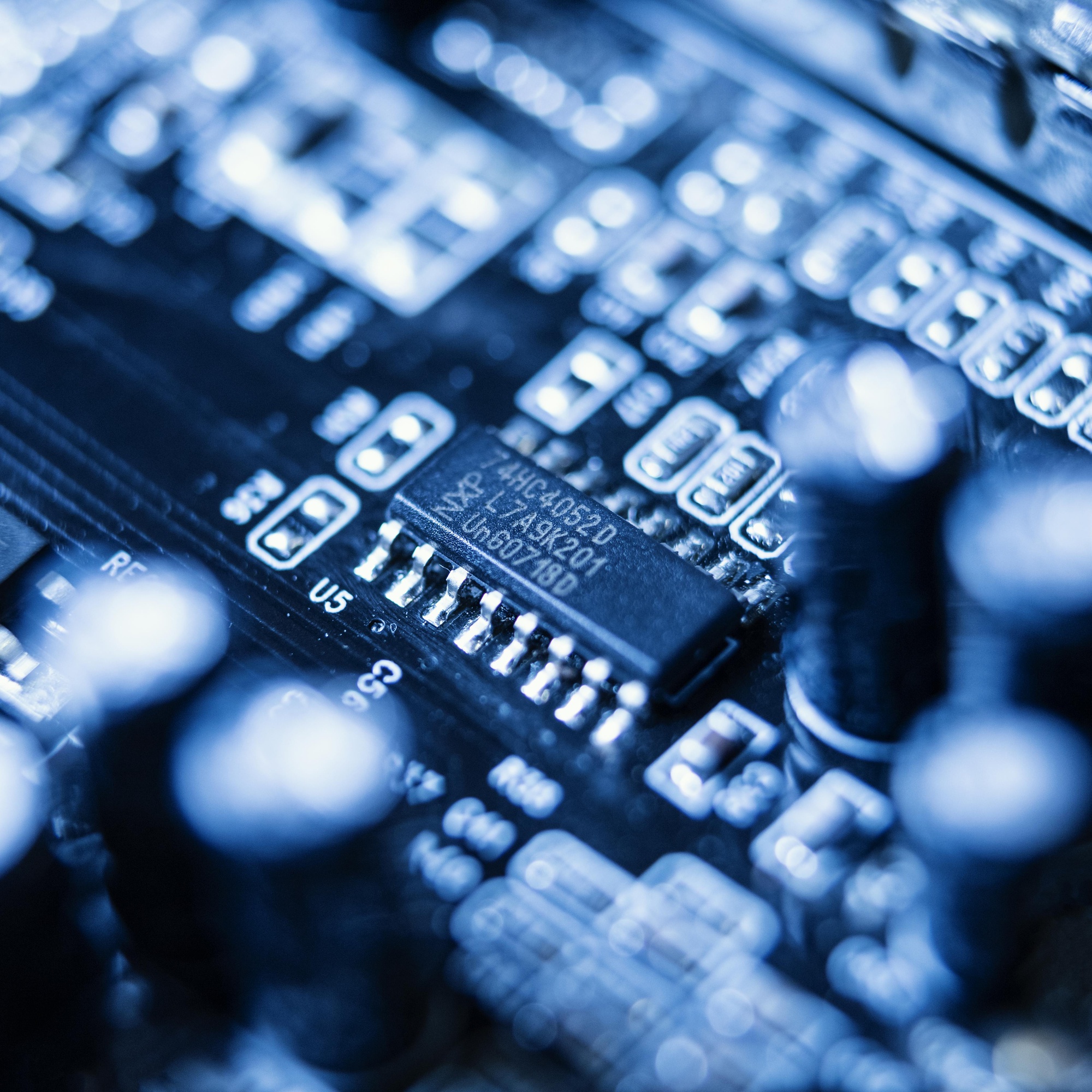Introduction to HP EliteBook 840 G5 Motherboard Failure
In the realm of technical service, we were confronted with the issue of an HP EliteBook 840 G5 experiencing malfunctions in its motherboard in Barcelona´s workshop. The diagnosis revealed that the culprit was the Platform Controller Hub (PCH), a critical component responsible for In the world of tech repair, we recently tackled a tricky problem with an HP EliteBook 840 G5 that was having motherboard issues at our workshop in Barcelona.
After some digging, we discovered that the Platform Controller Hub (PCH) was the main suspect. This vital component plays a key role in managing essential functions, including power management. In this article, we’ll explore the details of our technical analysis and how we resolved this particular challenge.
Identifying the Problem
The first thing the customer reported was some strange behavior with battery charging and odd system glitches. Our initial investigation led us to suspect the PCH as a likely point of failure. Since it’s involved in so many critical functions—from managing power to connecting peripherals—its role in the overall system stability is crucial.
In-Depth Analysis
We kicked off our analysis by taking voltage measurements at key spots on the motherboard, using diagnostic tools like oscilloscopes to assist us. Noticing the erratic battery charging patterns helped us narrow down the issue to the PCH. This careful and thorough approach allowed us to accurately pinpoint the faulty component.
Stress Testing
To test our initial theory and get a clearer picture of the malfunction, we ran some stress tests on the system. When we pushed it with heavy loads, we noticed some less-than-ideal behaviors, which pointed to the PCH struggling to keep things stable under pressure. These tests made it clear that we needed to take more significant action.
PCH Replacement
After a thorough evaluation, we decided to replace the PCH as the corrective step. We carefully extracted and swapped out this crucial component, following the best practices for handling hardware. This task required a high level of technical skill and a solid grasp of the motherboard’s layout.
Post-Repair Validation
Once the replacement was done, we put the system through stress tests again to ensure the PCH swap was effective. By keeping an eye on performance metrics and battery charging, we confirmed that everything was back to optimal working order. This careful approach helped guarantee the device’s long-term reliability.
Conclusion
The successful resolution of this technical issue with the HP EliteBook 840 G5 highlights the importance of a methodical and precise strategy when tackling hardware problems. A deep understanding of the system’s design, thorough testing, and careful execution during the component replacement were key to our success. This case serves as a reminder of the need for strong technical know-how and a disciplined approach when dealing with complex hardware challenges.
